Home>Garden Essentials>When To Seed Lawn In Texas
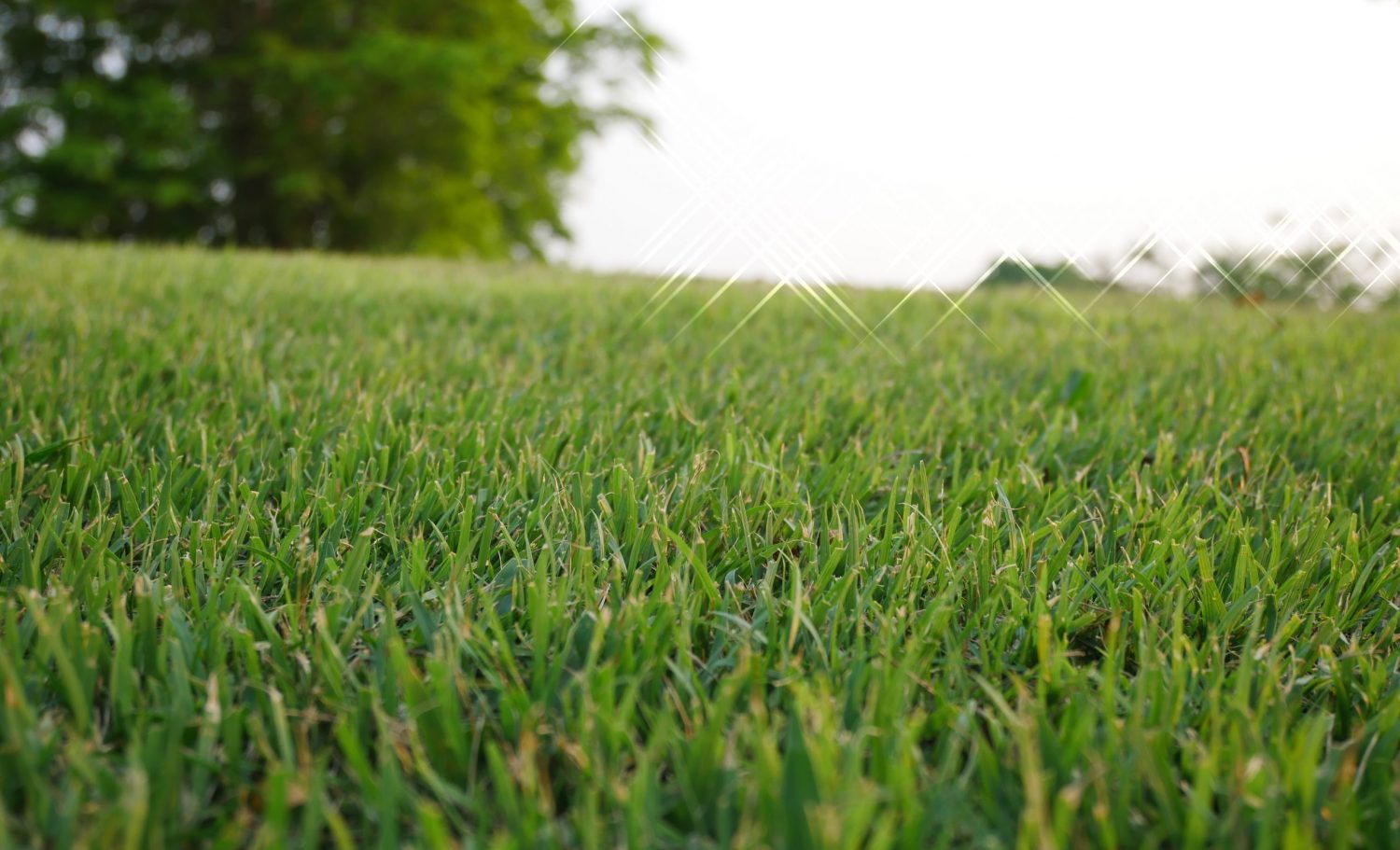

Garden Essentials
When To Seed Lawn In Texas
Modified: October 18, 2024
Looking to start a garden in Texas? Discover when to seed your lawn in the Lone Star State for a bountiful garden.
(Many of the links in this article redirect to a specific reviewed product. Your purchase of these products through affiliate links helps to generate commission for Storables.com, at no extra cost. Learn more)
Introduction
Gardening enthusiasts in Texas know the importance of maintaining a lush and vibrant lawn. Whether you’re a seasoned homeowner or new to the Lone Star State, seeding your lawn is a crucial step in achieving the lush greenery you desire. However, determining the right time to seed your lawn in Texas can be challenging due to the state’s diverse climate.
In this article, we will explore the ideal time to seed a lawn in Texas and discuss important factors to consider when embarking on this endeavor. We will also provide step-by-step instructions on preparing and seeding your lawn to maximize your chances of success. So, let’s dive into the fascinating world of Texas lawns and learn how to achieve an envy-worthy landscape!
Key Takeaways:
- Choose the right grass for your Texas lawn based on climate, soil, and maintenance needs. Warm-season grasses like Bermuda and St. Augustine are great for hot regions, while cool-season Texas Bluegrass is ideal for cooler areas.
- Timing is crucial for seeding your Texas lawn. Warm-season grasses should be seeded in late spring or early summer, while cool-season grasses are best seeded in early fall. Avoid extreme weather for successful germination and growth.
Read more: When To Plant Grass Seed In Texas
Understanding the Texas Climate
Before diving into the specifics of when to seed a lawn in Texas, it’s essential to understand the unique and diverse climate found throughout the state. Texas experiences a range of climatic conditions, from the hot and arid deserts in the west to the humid and subtropical coastal areas in the east.
It’s important to note that Texas is divided into several climate regions, each with its own characteristics. The majority of the state falls under the humid subtropical climate, characterized by hot, humid summers and mild winters. However, the western regions of Texas, particularly the Trans-Pecos and West Texas, have a desert climate with hot, dry summers and mild winters.
Additionally, Texas is prone to extreme weather events such as droughts, heatwaves, and occasional freezes. These climatic factors greatly influence the success of lawn seeding and maintenance in the state. Therefore, it’s crucial to choose the right grass varieties and time your seeding activities accordingly.
Now that we have a basic understanding of the Texas climate, let’s move on to exploring the different types of grasses that thrive in this diverse environment.
Types of Grasses for Texas Lawns
When it comes to selecting the right grass for your Texas lawn, it’s essential to consider the climate, soil conditions, and your specific lawn needs. Here are some popular grass varieties that thrive in the Texas climate:
- Bermuda Grass: Bermuda grass is a warm-season grass that thrives in the hot and humid regions of Texas. It is known for its excellent heat and drought tolerance, making it a popular choice for Texas lawns. Bermuda grass has a fine texture and recovers quickly from stress, making it ideal for high-traffic areas.
- St. Augustine Grass: St. Augustine grass is another warm-season grass that is well-suited for the hot and humid regions of Texas. It has a lush, dark green color and tolerates shade better than Bermuda grass. St. Augustine grass is known for its good drought tolerance and ability to retain its vibrant color throughout the growing season.
- Zoysia Grass: Zoysia grass is a versatile warm-season grass that can withstand the variable climate conditions found in different regions of Texas. It has a dense and durable turf, making it resistant to weeds and tolerant to foot traffic. Zoysia grass is known for its deep green color and excellent drought tolerance.
- Texas Bluegrass: Texas Bluegrass is a cool-season grass that is well-suited for the northern parts of Texas that experience colder winters. It requires more water and maintenance compared to warm-season grass varieties but offers a beautiful, lush lawn that remains green even during the cooler months.
- Buffalo Grass: Buffalo grass is a native warm-season grass that is well-adapted to the drier regions of Texas. It has excellent drought tolerance and requires minimal watering and maintenance. Buffalo grass has a unique blue-green color and a low-growing habit, making it an eco-friendly choice for lawns.
Before selecting a grass variety for your Texas lawn, consider factors such as sun exposure, soil type, foot traffic, and maintenance requirements. Consulting with a local nursery or landscaping professional can provide valuable insights and help you choose the grass variety that best suits your needs and the specific conditions of your lawn.
Now that we have explored the different grass varieties for Texas lawns, let’s move on to understanding the factors to consider when seeding your lawn.
Factors to Consider When Seeding a Lawn in Texas
When it comes to seeding a lawn in Texas, several crucial factors need to be considered to ensure successful establishment and long-term viability of the grass. Let’s take a closer look at these factors:
- Climate: As mentioned earlier, Texas has a diverse climate, ranging from arid deserts to humid coastal areas. Choosing a grass variety that is well-suited for the specific climate of your region is essential. Consider factors such as temperature extremes, humidity, and precipitation patterns when selecting the grass type.
- Soil Type: Texas soils vary widely, from sandy soils in the coastal regions to clay soils in other parts of the state. Understanding your soil type is crucial as it affects water drainage, nutrient availability, and overall grass health. Conduct a soil test to determine the pH level and nutrient content and make any necessary amendments before seeding.
- Sun and Shade Exposure: Assess the sun and shade patterns in your lawn to select a grass variety that can tolerate the available light conditions. Some grass varieties, such as Bermuda grass, require full sun, while others like St. Augustine grass tolerate partial shade. Choosing the right grass based on sun and shade exposure is vital for its overall health and growth.
- Water Availability: Consider the availability of water in your area and choose a grass variety that matches your water resources. Some grass types, like Bermuda grass and Buffalo grass, have excellent drought tolerance and require less water, while others, like St. Augustine grass, have higher water requirements. Opting for a water-efficient grass variety can help conserve water and reduce maintenance needs.
- Maintenance Requirements: Different grass varieties have varying maintenance needs, including mowing height, fertilization, and pest control. Assess your willingness and ability to provide the necessary care and choose a grass type that aligns with your maintenance capabilities.
- Seed Quality: Ensure that you choose high-quality grass seed from a reputable source. Good seed quality significantly impacts the germination rate and overall success of establishing a healthy lawn. Look for certified seeds that are suitable for the Texas climate and free from weed seeds and other impurities.
By considering these factors, you can make an informed decision when selecting the right grass variety and ensure optimal conditions for successful lawn seeding in Texas.
Now that we have discussed the essential factors to consider let’s move on to explore the ideal time to seed a lawn in Texas.
The best time to seed a lawn in Texas is in the early fall, between mid-September and mid-October. This allows the seeds to establish before the winter and gives them a head start for the spring growing season.
Best Time to Seed a Lawn in Texas
The optimal time for seeding a lawn in Texas varies depending on the grass type and the specific region within the state. Generally, the best time to seed a lawn in Texas is during the warm-season grasses’ active growth period, and for cool-season grasses, it is during their optimal growing season.
For warm-season grasses like Bermuda grass, St. Augustine grass, and Zoysia grass, the ideal time for seeding is in late spring or early summer. This timing allows the seeds to germinate and establish before the peak summer heat arrives. The soil temperature should be consistently above 70 degrees Fahrenheit for successful germination.
On the other hand, cool-season grasses like Texas Bluegrass are best seeded in the early fall. This timing allows the grass to establish roots before the winter cold sets in. The cool and moist conditions of fall provide optimal conditions for successful germination and healthy growth.
It is important to note that Texas is a vast state with varying climate regions, so the best time to seed a lawn may differ slightly depending on your specific location. It is recommended to consult with local gardening experts or extension offices to determine the best seeding time for your region.
Regardless of the grass type, it is crucial to select a time when there is a lower chance of extreme weather conditions, such as heatwaves or heavy rain. Extreme weather can hinder seed germination and establishment, impeding the success of your lawn seeding efforts.
Once you have determined the ideal time for seeding your lawn, it is essential to prepare the area properly and follow the recommended steps for successful seed germination.
Now that we have discussed the best time to seed a lawn in Texas, let’s move on to the steps involved in preparing and seeding your lawn.
Read more: How And When To Do Lawn Care In Texas
Steps to Prepare and Seed a Lawn in Texas
Proper preparation is key to the success of seeding a lawn in Texas. Follow these steps to ensure optimal conditions for seed germination and establishment:
- Clear the Area: Start by removing any existing vegetation, including weeds, rocks, and debris. This can be done by manually pulling out weeds or using a herbicide to kill unwanted vegetation. Clearing the area will provide a clean slate for your new lawn to grow.
- Soil Preparation: Before seeding, it is essential to prepare the soil by tilling or aerating it to loosen compacted soil and improve drainage. Remove any large clumps or rocks and smoothen the soil surface using a garden rake.
- Amend the Soil: Conduct a soil test to assess the pH level and nutrient content of your soil. Based on the test results, amend the soil with organic matter, such as compost or well-rotted manure, to improve its fertility and structure. This step will provide essential nutrients for your new grass to thrive.
- Seed Application: Follow the recommended seeding rate provided by the seed manufacturer. Spread the grass seed evenly over the prepared soil using a seed spreader or by hand. Lightly rake the seeds into the soil, ensuring good seed-to-soil contact. This will enhance germination and give the seeds a better chance to establish roots.
- Watering: After seeding, water the area thoroughly but gently to moisten the soil. Avoid overwatering, as it can lead to runoff or excessive saturation. Keep the soil consistently moist, but not waterlogged, until the new grass seeds germinate and establish roots.
- Proper Care: Once the grass starts to grow, it is important to provide proper care to ensure healthy and vigorous growth. Follow watering guidelines specific to the grass type and region. Gradually reduce the frequency of watering but increase the amount of water applied to encourage deep root growth. Mow the grass at the recommended height, and apply a suitable fertilizer based on the grass’s specific nutrient needs.
By following these steps, you will create optimal conditions for seed germination and establishment, setting your new lawn on the path to success.
Now that we have covered the process of preparing and seeding a lawn, let’s move on to discussing the proper care and maintenance required for newly seeded lawns in Texas.
Proper Care and Maintenance for Newly Seeded Lawns in Texas
Proper care and maintenance are vital for the healthy establishment of newly seeded lawns in Texas. Follow these guidelines to ensure the success of your newly seeded lawn:
- Watering: Water the newly seeded area frequently to keep the soil consistently moist. Begin by watering lightly to avoid washing away the seeds, and gradually increase the amount of water applied as the grass begins to grow. Aim for about 1 inch of water per week, provided either by rainfall or irrigation.
- Mowing: Once the grass reaches a height of approximately 3 to 4 inches, it is time to start mowing. Ensure that the mower blades are sharp and set at the appropriate height for your grass type. Avoid cutting more than one-third of the grass blade’s length in a single mowing to prevent stress on the newly established grass.
- Fertilization: Apply a slow-release nitrogen fertilizer to your newly seeded lawn based on the grass type’s specific requirements. However, be cautious not to over-fertilize, as this can lead to excessive growth or burn the grass. Follow the recommended application rates and timing provided by the fertilizer manufacturer.
- Weed Control: Keep an eye out for weeds in your newly seeded lawn. Hand-pull any visible weeds, taking care not to disturb the young grass. Avoid using a broad-spectrum weedkiller until the grass is well-established, as it may harm the new seedlings.
- Proper Irrigation: As the grass begins to establish and roots penetrate the soil, gradually reduce the frequency of watering while increasing the amount of water applied each time. This encourages deep root growth and helps the grass become more resilient to drought conditions.
- Patience and Avoidance: While it’s tempting to use the new lawn right away, it’s crucial to give the grass sufficient time to establish itself before subjecting it to heavy foot traffic or other stresses. Avoid walking or playing on the new lawn until the grass is well-established and you can mow it without any damage.
By following these care and maintenance guidelines, you will nurture your newly seeded lawn and ensure its healthy development. Remember that patience is key, as it may take several weeks for the grass to fully establish and fill in the desired areas.
Now that we have covered the essential care and maintenance practices for newly seeded lawns in Texas, let’s conclude our article with a recap of the key points discussed.
Conclusion
Seeding a lawn in Texas requires careful consideration of various factors, including the climate, grass type, soil conditions, and proper maintenance. By understanding the Texas climate and selecting the appropriate grass variety, you can set your lawn up for success. Warm-season grasses like Bermuda grass, St. Augustine grass, and Zoysia grass thrive in the hot and humid regions, while cool-season grasses like Texas Bluegrass are suitable for the cooler areas.
The best time to seed a lawn in Texas varies based on the grass type and specific region. Generally, warm-season grasses are best seeded in late spring or early summer, while cool-season grasses are best seeded in the early fall. It’s important to choose a time when extreme weather conditions are less likely to occur.
To prepare and seed your lawn, clear the area of vegetation, prepare the soil by tilling and amending it if necessary, and apply the grass seed evenly. Proper watering, mowing, fertilization, and weed control are essential for the healthy establishment of your newly seeded lawn. Be patient and avoid heavy foot traffic until the grass is well-established.
Taking proper care of your newly seeded lawn will ensure its long-term health and beauty. Regular watering, mowing at the appropriate height, fertilization, weed control, and gradual adjustments to watering practices will help your lawn thrive. Remember, each grass type has its specific requirements, so it’s important to follow the recommended guidelines for your chosen grass variety.
In conclusion, seeding a lawn in Texas requires understanding the local climate, selecting the right grass type, proper preparation, and implementing correct maintenance practices. With careful planning and consistent care, you can achieve a beautiful, lush lawn that enhances the landscape of your Texas home. So, roll up your sleeves, grab your gardening tools, and get ready to enjoy the rewards of a well-seeded and maintained lawn in the Lone Star State!
Frequently Asked Questions about When To Seed Lawn In Texas
Was this page helpful?
At Storables.com, we guarantee accurate and reliable information. Our content, validated by Expert Board Contributors, is crafted following stringent Editorial Policies. We're committed to providing you with well-researched, expert-backed insights for all your informational needs.
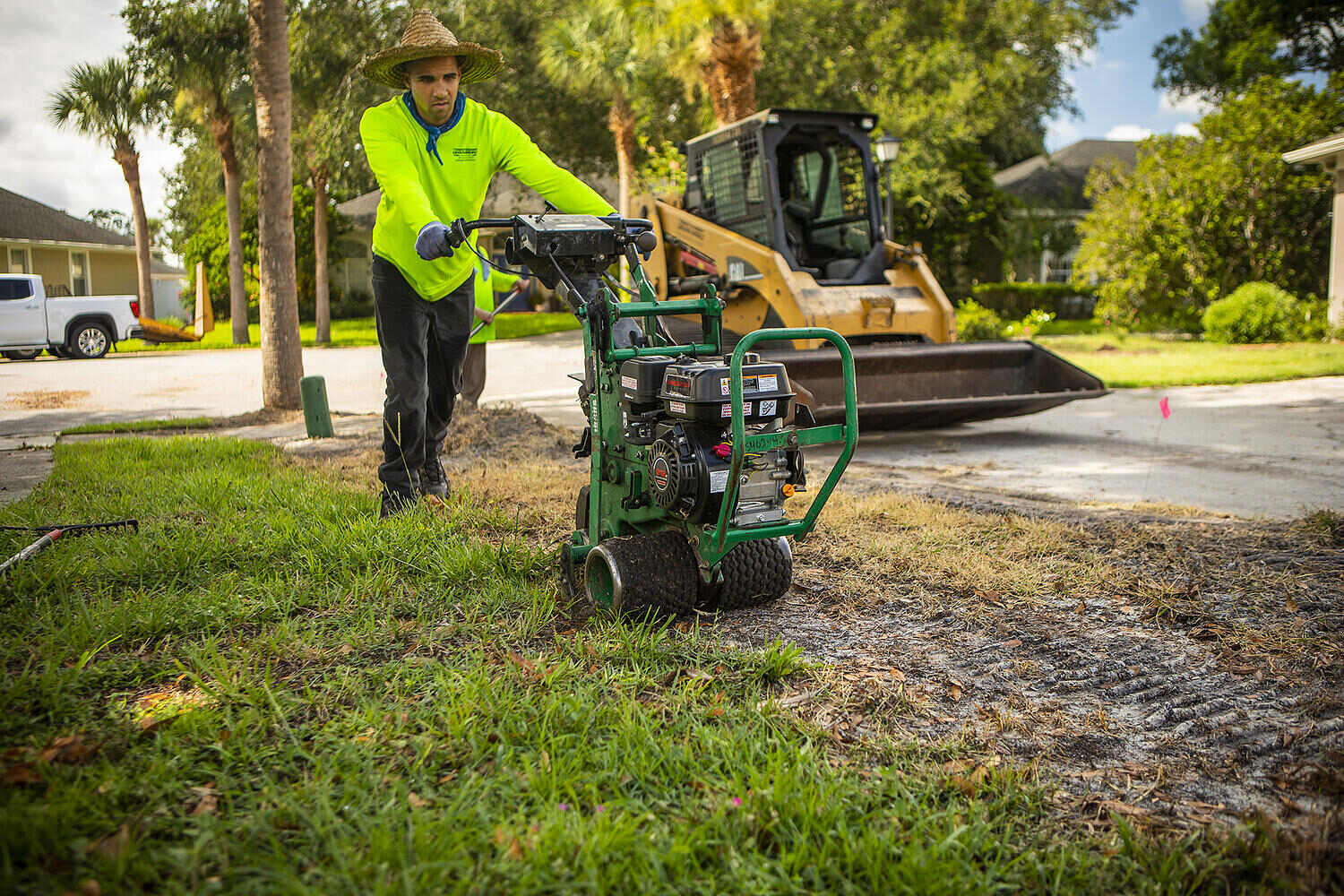

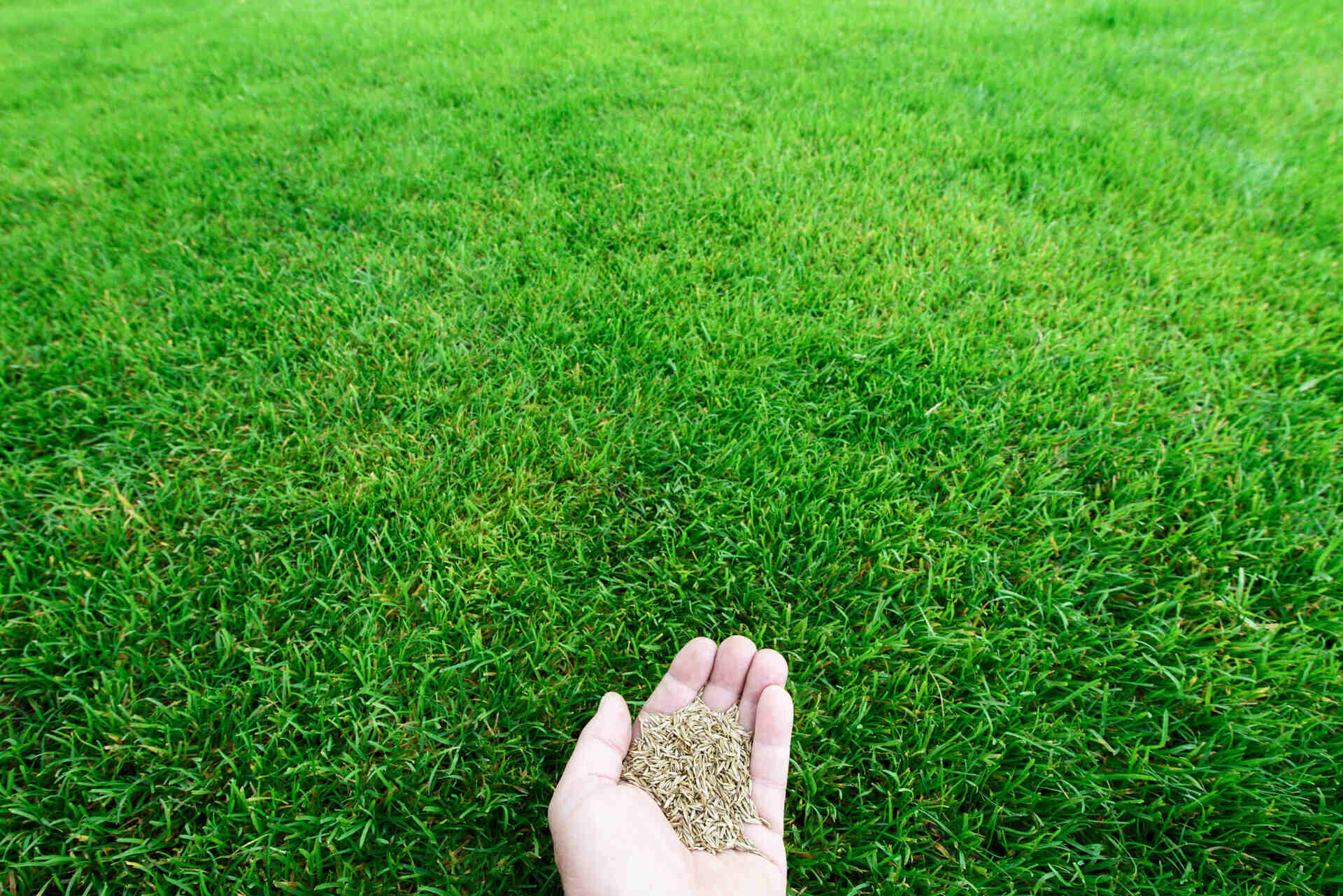
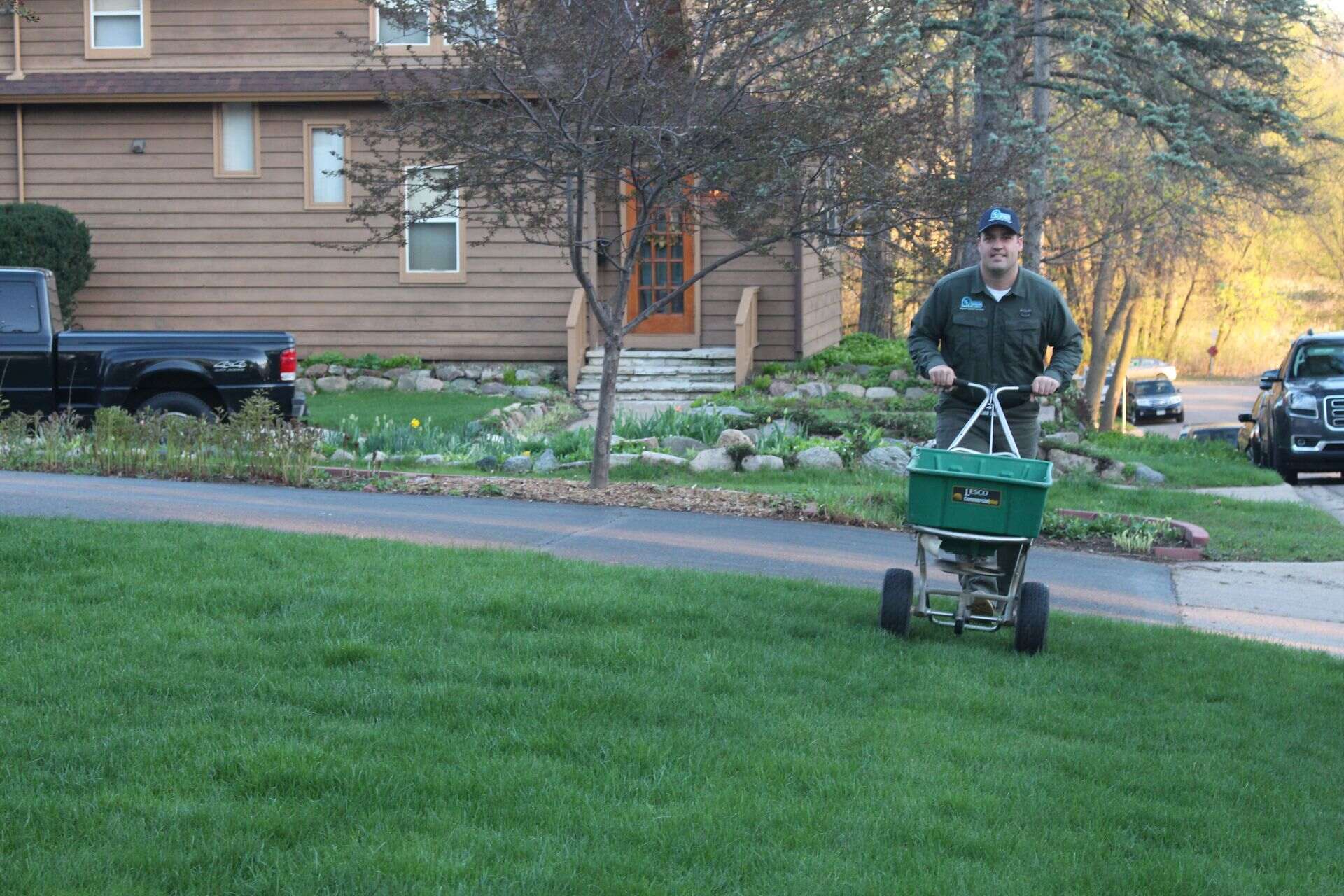
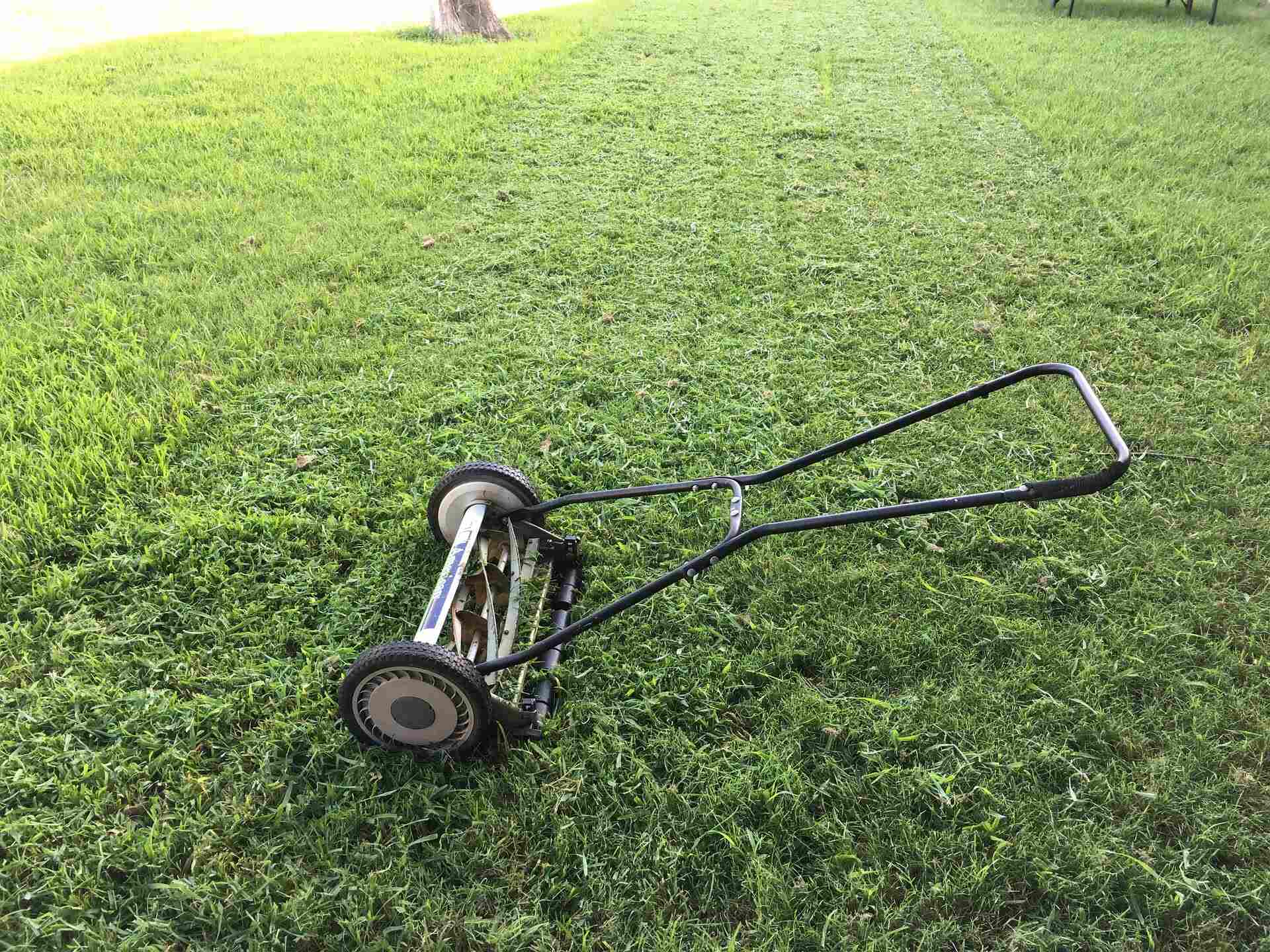
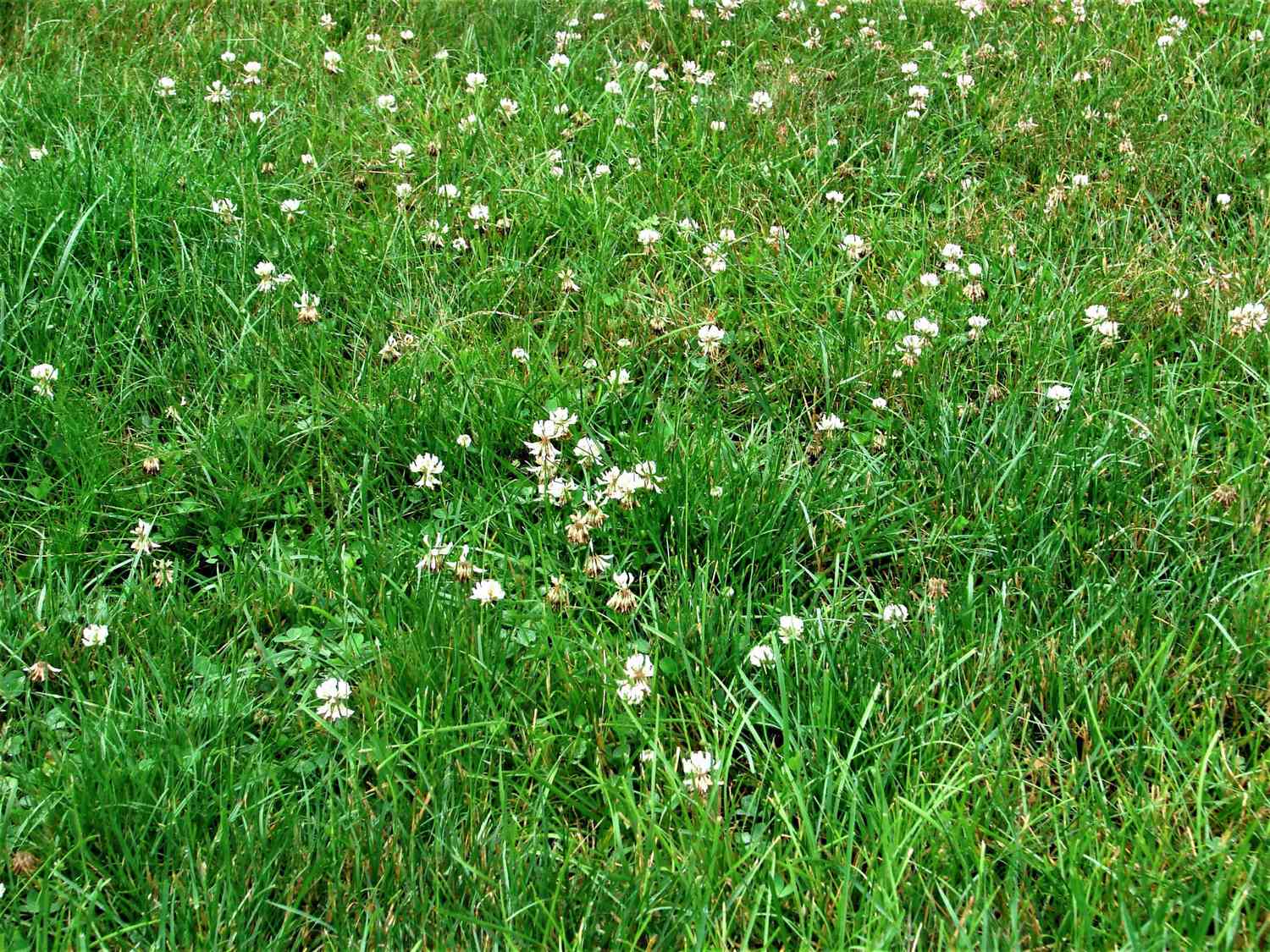
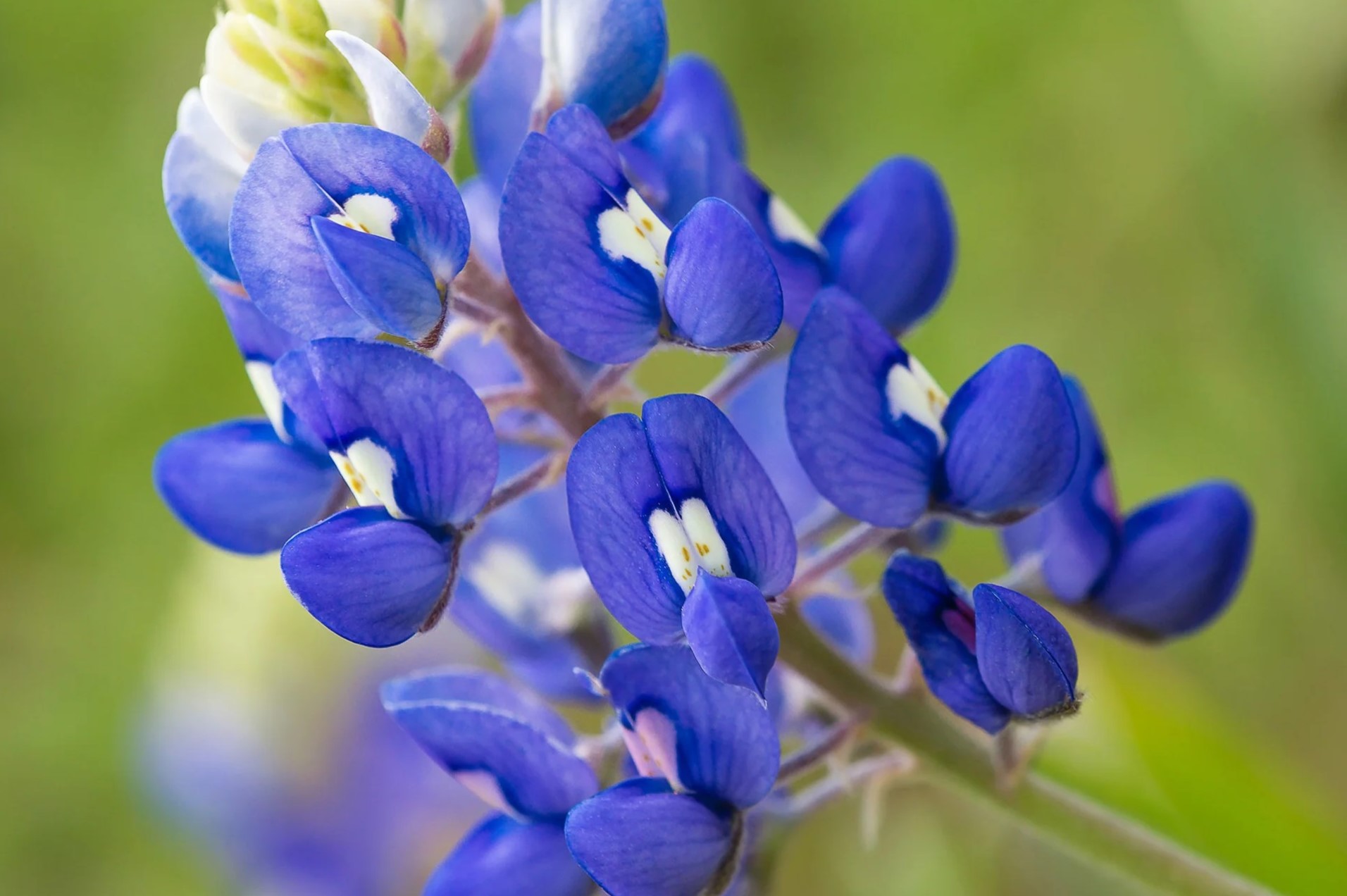
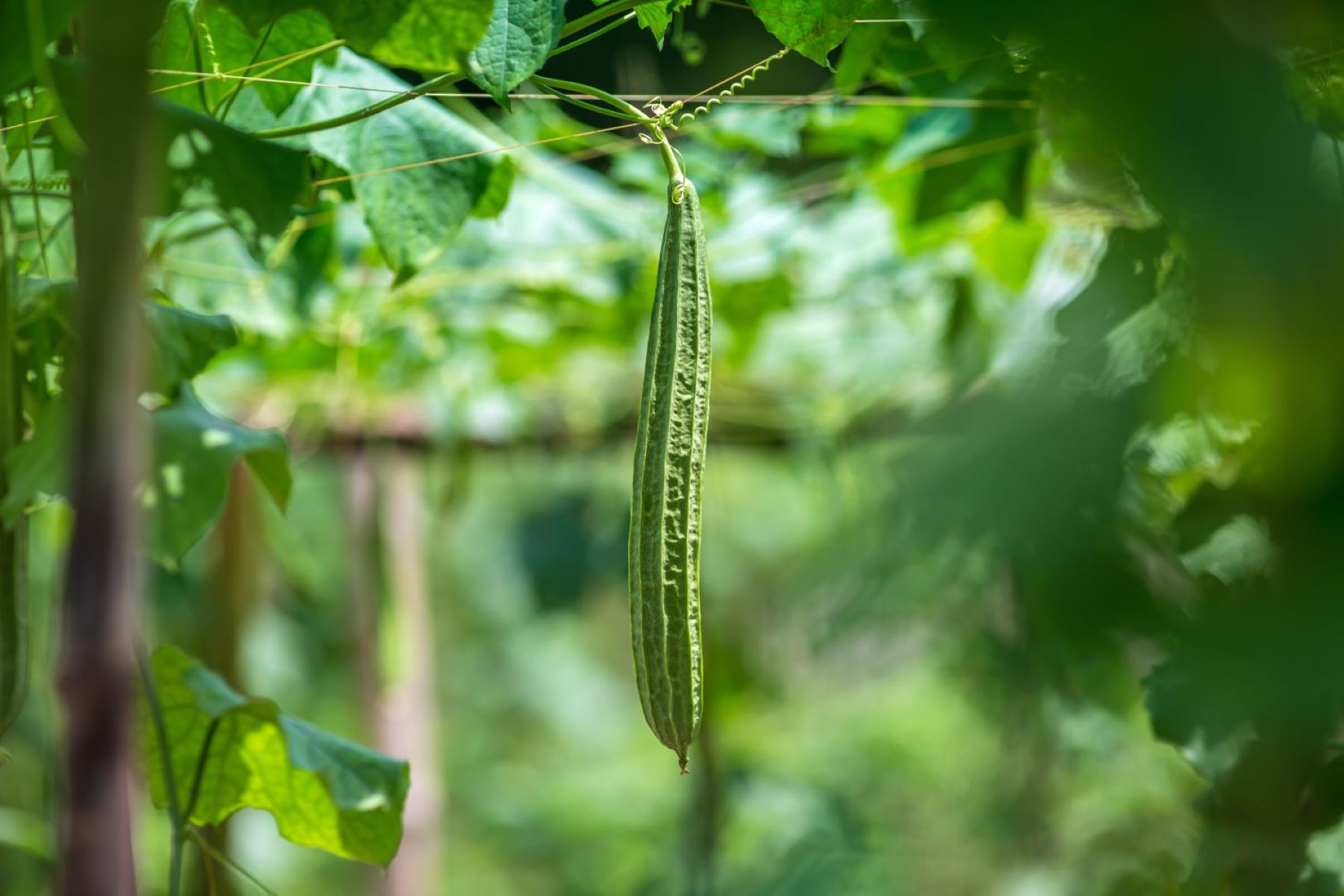
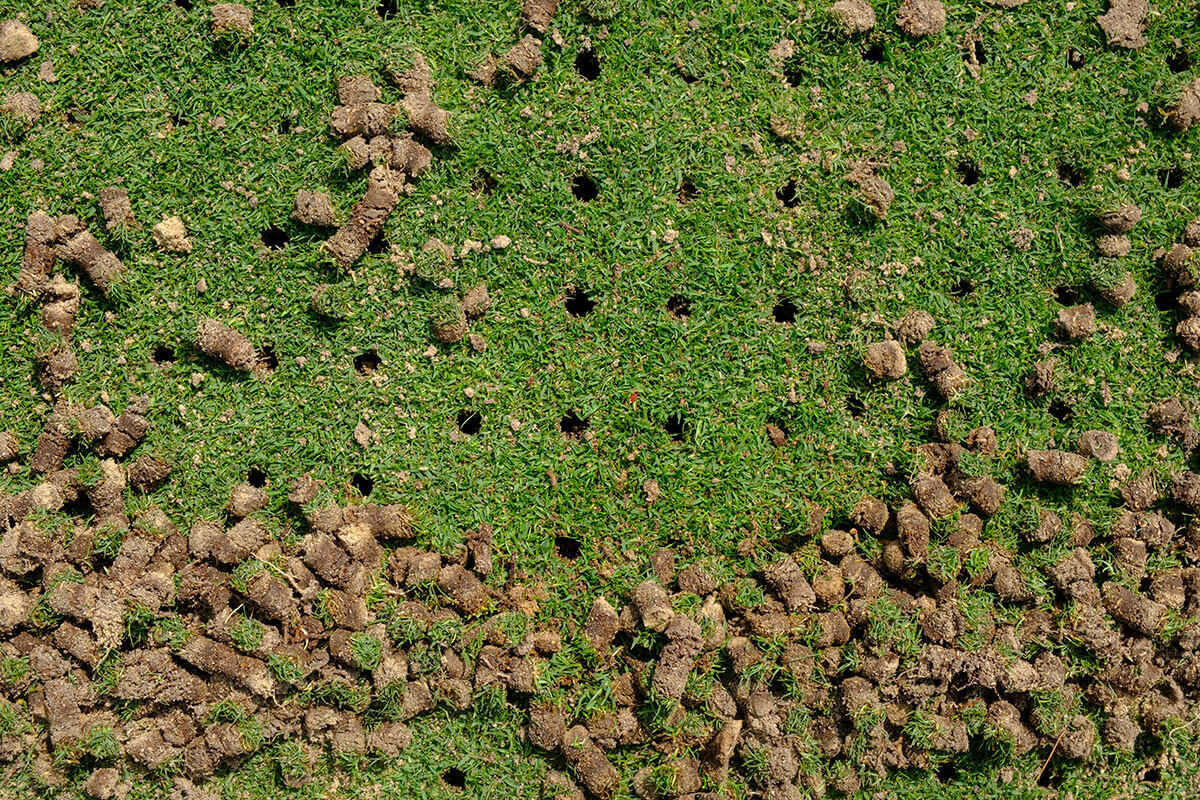
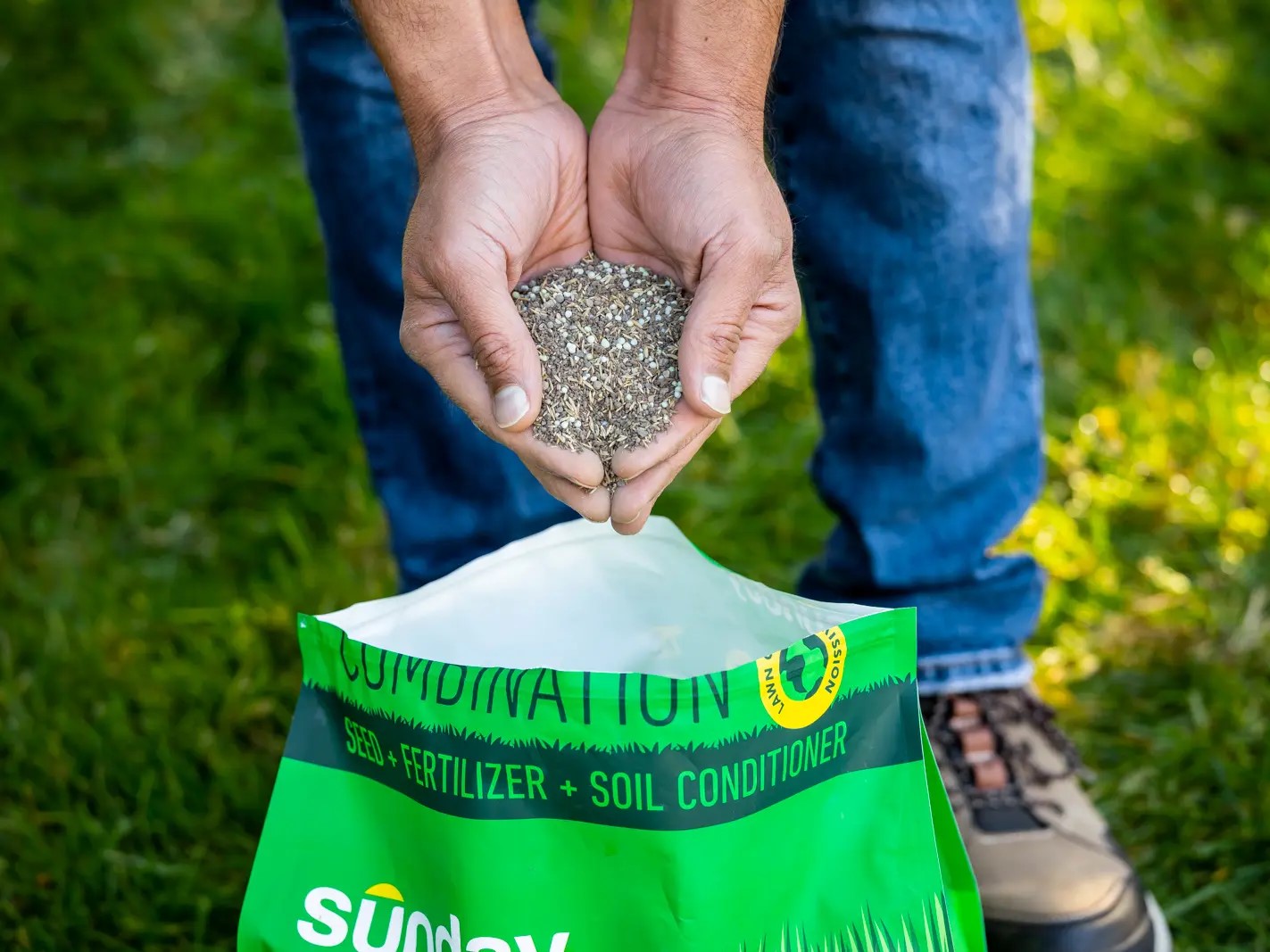


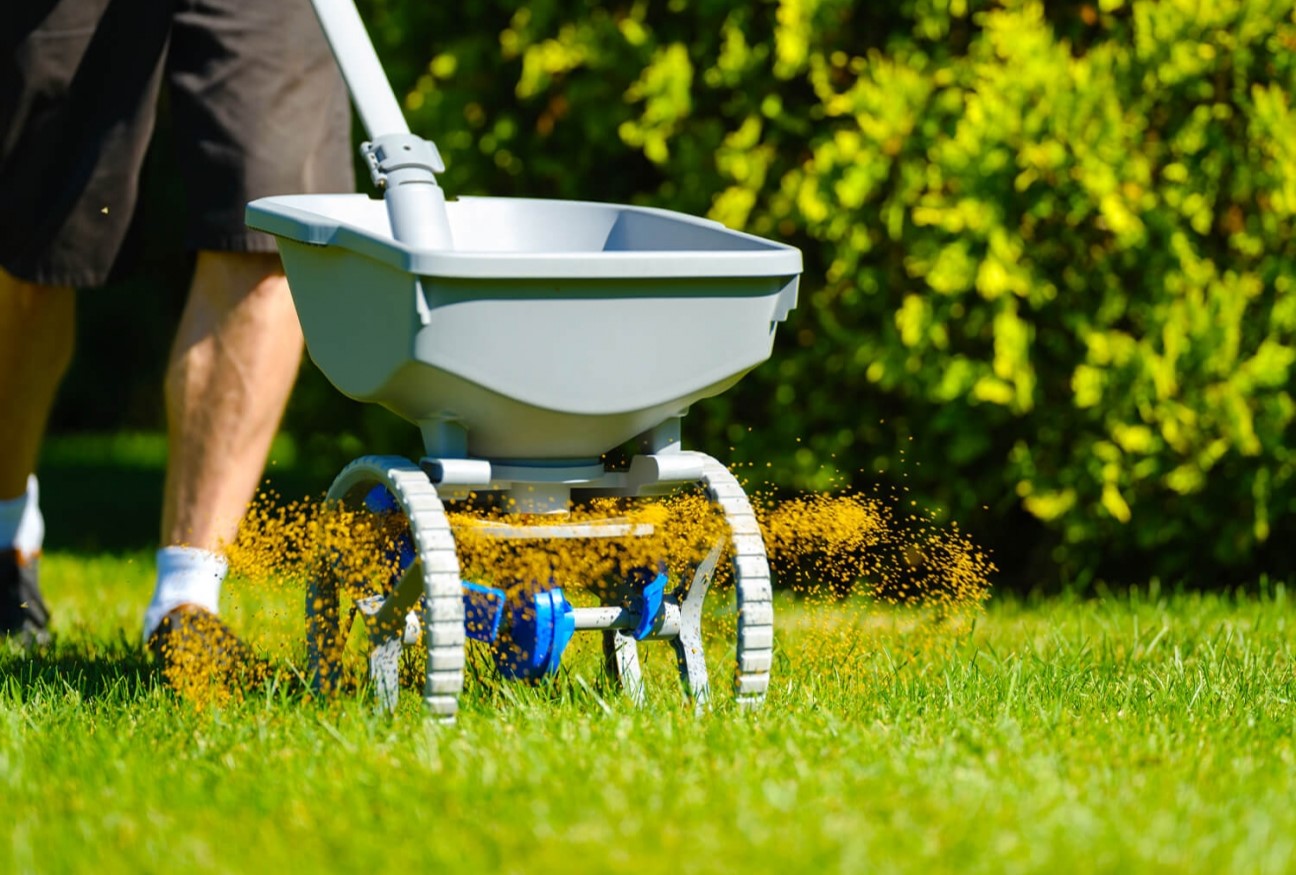
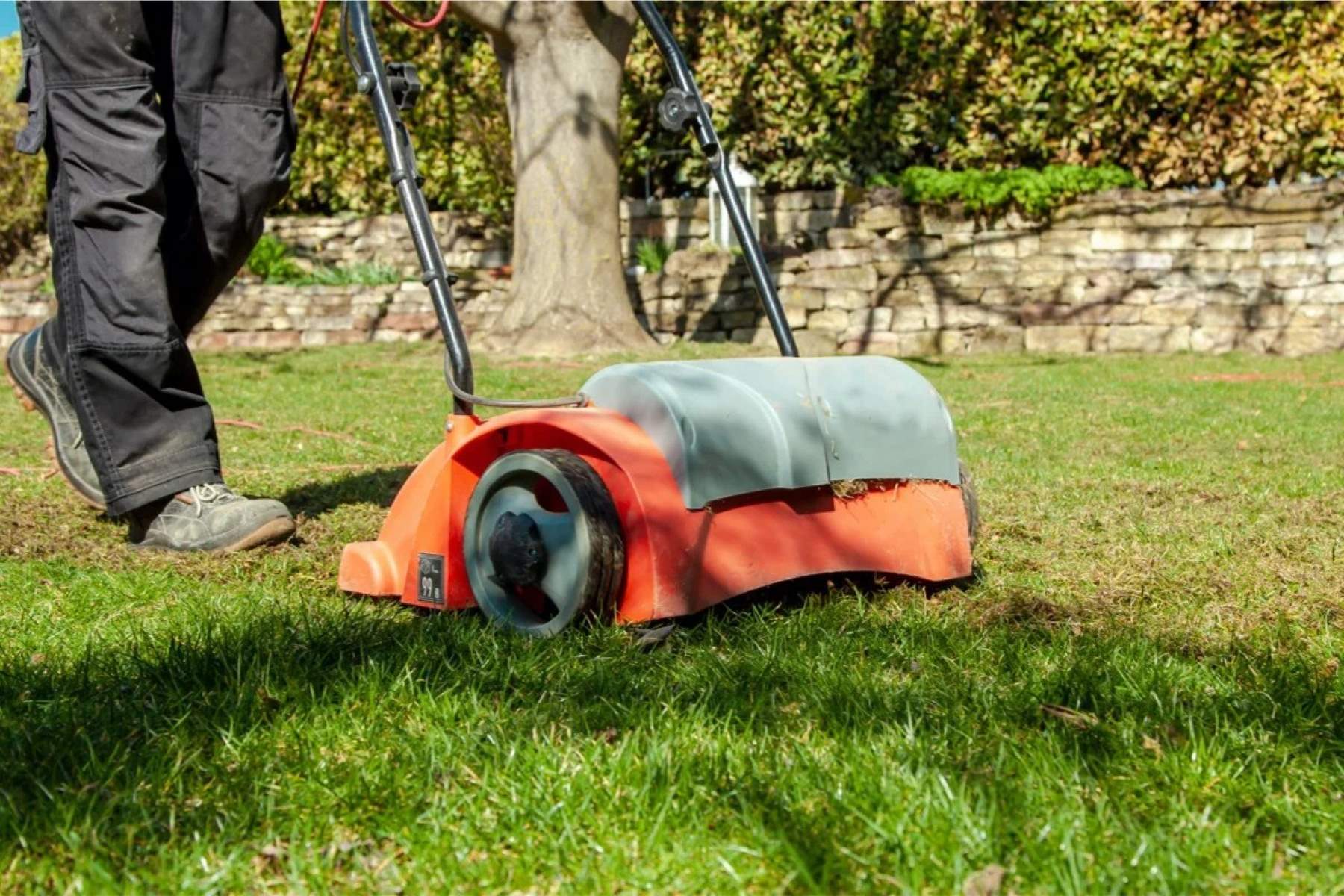

0 thoughts on “When To Seed Lawn In Texas”